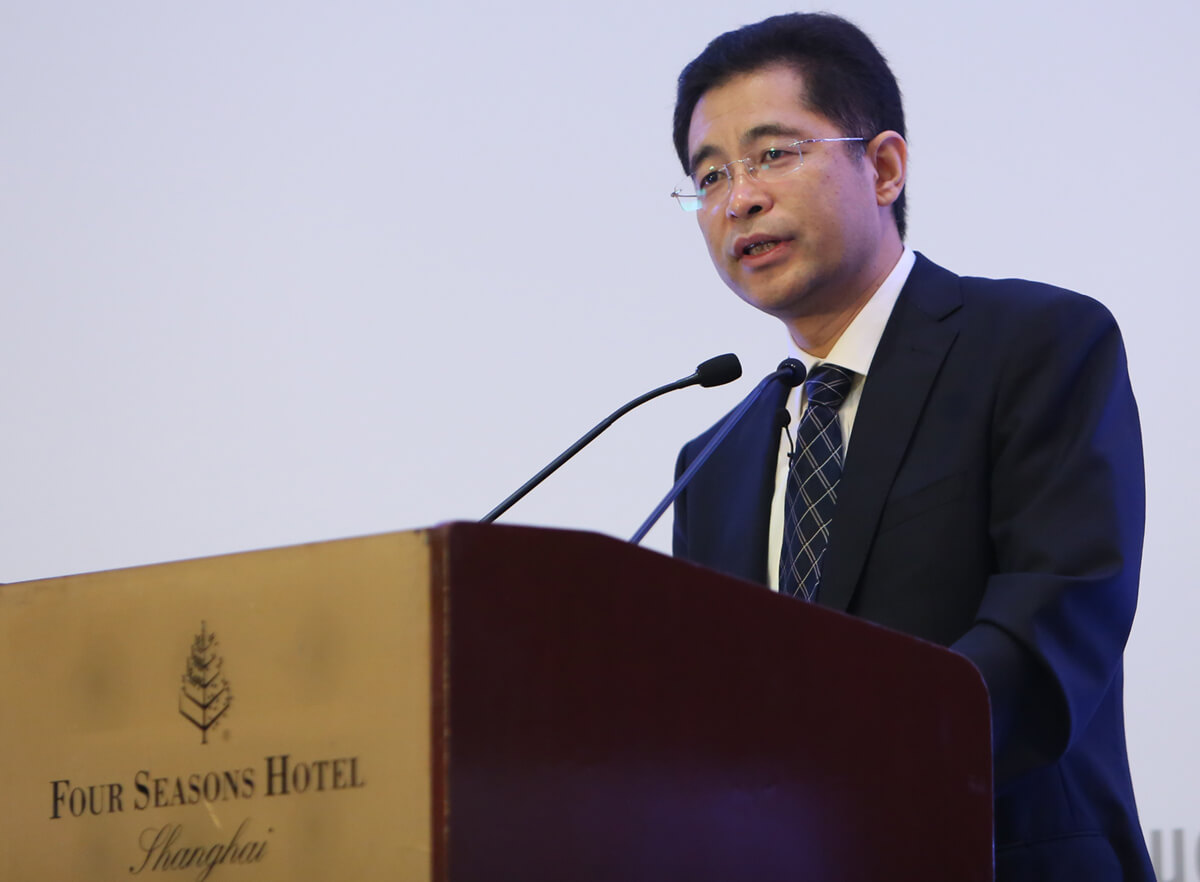 |
||||||||
| February 8, 2017 | ||||||||
| Rick's Tips - Splicing overview and rear splice methods |  |
|||||||
|
· Subscribe to Ahead of the Curve · Newsletters · Ahead of the Curve archived issues · Contact the Editor
|
China’s paper industry: Adjusting to change MARK RUSHTON This article first appeared in the March/April issue of Paper360°, TAPPI’s member magazine. It seems only a short time ago that China was scrambling to build as much capacity as possible. And build it they did: millions of tonnes (metric tons) of new capacity came on line in a short space of time. The machines were bigger, wider and faster than ever. Then, of course—as is relatively common in the pulp and paper industry—suddenly there was overcapacity. In the case of China, exacerbating the overcapacity issue were a slowing economy and new electronic technology, resulting in a perfect storm… and a lot of paper with no place to go. There has been a lot of work going on behind the scenes in and around the industry in China recently, and papermaking in the country is going through a time of major change. As Guo Yongxin, deputy director of the China Light Industry Information Center, says: “We are in the era of balancing and optimization. Total output has now reached the ceiling and we are not going to see a significant rise in China’s paper industry—certainly not like we have seen over past years. This does not mean we will not see continued growth; far from it, China’s GDP per capita ranks 90th in the world. However, we are realizing, like others, that growth in GDP does not automatically equate to paper consumption rates.” In 2015, China’s GDP growth slowed to 6.9 percent, dropping below 7 percent for the first time since 1990. The authorities in the country predict that the long-term trends in overall economic development will slow. In the recently released Thirteenth Five Year Plan, authorities state that growth going forward will be no less than 6.5 percent. “For now, the major work taking place is of balancing output to the market conditions, and maximizing efficiency throughout the industry—and the industry will be a lot better off all around as these efforts take place,” adds Guo. China, it seems, is now affected just as much as any other nation when it comes to market conditions. Gou comments, “Whether we admit it or not, China is now a market economy and if you look at the pulp and paper industry, state-owned enterprises account for less than 10 percent of the total. So overall it is a market-driven economy, and is subject to the effects that go along with that.” Market balancing and optimization have inevitably resulted in closures of capacity, as well as the government’s aim to force out less efficient and polluting enterprises. Since 2014, well over 200 paper and paperboard concerns have been shut down, representing around 8.3 percent of the total. Guo says: “The closure of capacity in China really does mean closure or elimination. These mills and companies are either being bought or taken over in some way, or they are shut down. This increased industrial degree of concentration is helping the paper industry here to give balance to the scale, at the same time as to reduce pollution, enhance profitability and establish order in the market.” Future trends Ultimately, this means that future investments into papermaking companies must be more rational and more focused on making larger profits as opposed to churning out more and more paper. Gou says, “there are plenty of companies that are making low quality, low grade products. We need to axe these, and concentrate more on quality and not quantity. This means the end of the time when hasty decisions are made to bring more and bigger machines on line.” Of the grades that are still growing—tissue, packaging paper and boxboard—Guo has an optimistic outlook, again focused on quality over quantity. “With the progress in living standards and improvements in technology, the proportion of high-grade paper will further increase, and the quality grades will force out the lesser ones. “At the moment,” continues Guo, “China imports large quantities of high-grade papers and paperboard every year, somewhere in the region of 2.6 million tonnes. So there is an opportunity to replace imports and grow this market.” When it comes to suppliers, Guo believes that industry suppliers also have a great opportunity to continue and even grow in China. “As the industry goes through the transformation from quantity to quality, newer, better, proven technology is needed to improve profitability.” And what of the growing number of Chinese technology suppliers to the industry? “We are seeing increasingly that these suppliers are going abroad, and they are being actively encouraged by the government to do so—particularly to the One Belt One Road economic region, where companies are much more cost-sensitive,” says Guo. Expanding Outwards Chinese papermaking machinery suppliers exported around US$1.22 billion worth of equipment in 2015, and showed an increase of more than 15 percent. The machinery went to many countries, but mainly to Vietnam, Indonesia and India. Chinese pulp and paper companies are also making the move abroad; Shandong Sun Paper is investing in pulp in the US (though the project has been delayed), and Nine Dragons and Lee & Man Paper already have major projects in Vietnam. Clearly the Chinese industry, backed by strong government support, is reforming in the way that only China seems to be able to: with remarkable pace and scale. Gou concludes, “With its Thirteenth Five Year Plan, the government has put forward the ‘Innovation, Coordination, Green, Open, and Sharing’ development concept. The pulp and paper industry is one of the greenest, most sustainable industries, and has huge potential in the government plan. The paper industry in China has to look at the rules of the market, scientifically make strategic plans, achieve the needed breakthroughs, and continue to make a brilliant contribution to the global pulp and paper industry.” Author info:
For a modest investment of $174, receive more than US$ 1000 in benefits in return. |
|||||||
 |
||||||||

